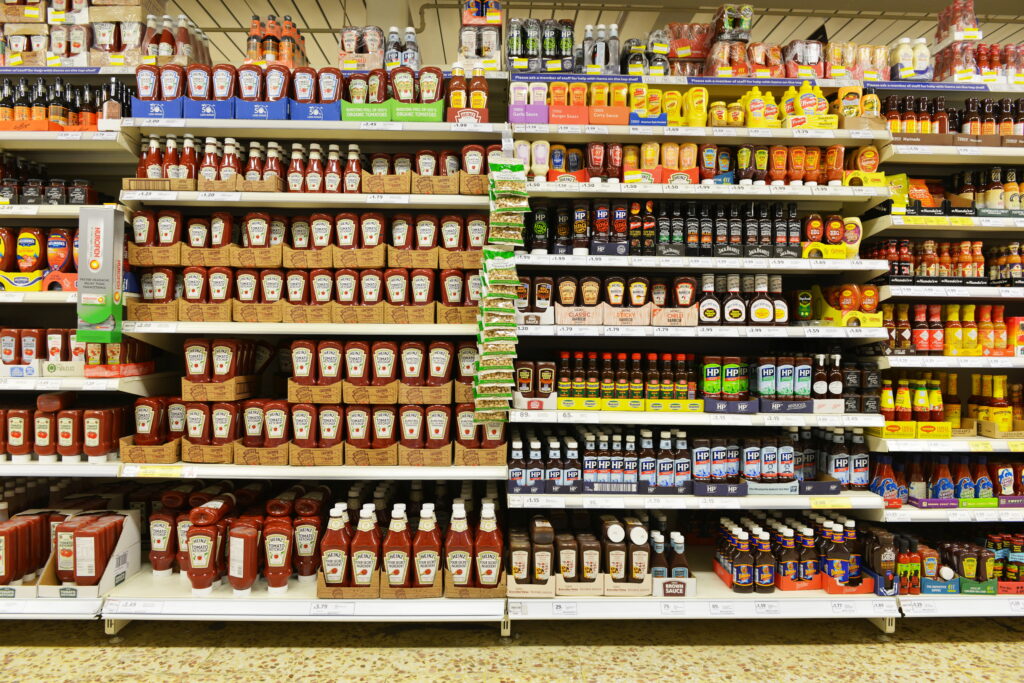In contrast, some bottlemakers and recyclers consider that until higher cullet usage is achieved in bottlemaking it is wrong to send glass – and especially clear and amber material – for aggregate production.
Valpak's development work has focused on two areas. One is from local authorities. The second is from licensed premises such as hotels, pubs and clubs from where up to 600,000 tonnes of glass in the form of bottles is currently landfilled. The development work is being carried out by Valpak's recycle-more-glass team who operate an in-house contracts and administration service using independent contractors and national companies such as Severnside.
Divert
Valpak argues that recycle-more-glass will ensure that the manufacturers of glass containers continue to be able to access as much glass as they need. “Our aim is to divert a large proportion of the 1.6 million tonnes of consumer glass that currently goes to landfill into the new end markets. If the UK is to increase its recycling activity, every type of end market must be developed and capacity increased overall.”
Valpak had had an on-off relationship with direct involvement in glass recycling in the past. It first looked at glass in the summer of 1998 but the PRN values fell. It was then that the British Licensed Retailers Association had a collection scheme which was one of the few industry led responses on packaging. Brewers were charging for the service but it ran into problems with the selling off of licensed premises.
Mr Carus is upbeat about the compliance scheme's work with licensed premises today. It offers a free, mixed colour collection service. The scheme says it can afford to run a free service because “we have the backing of the businesses who are members of Valpak and who are obliged by law to pay for packaging to be recycled.” Researched in 2000 an agreement followed with aggregates firm RMC to take most of the material from March 2001. The first collection vehicles, which are owned by Valpak, were on the road last summer. Valpak is now also supplying the cullet to other aggregates makers such as Days and Lafarge.
As for colour separation, Valpak says there is not a problem because mixed is used “in applications that don't require the colours to be separated, such as road building material and shot blasting. The glass container industry is also introducing colour separation equipment so they can increase their capacity to use recycled glass.”
However, Valpak's move into glass collection for use by the aggregates industry has drawn criticism from the container sector. Some argue that it is not real recycling. However, it is the case that some glass recyclers are now installing colour separation equipment in the knowledge that mixed collections are here to stay and also in the knowledge that there is a market for glass containers to be used in the production of aggregates.
Growing market
Mr Carus defends Valpak's work by pointing out that the organisation is growing the glass recycling market and what is happening is simply that the new market will impact on the old market as it develops.
In the longer term he foresees higher quantities of glass being recycled and more being available accordingly for the container manufacturers. He explains that of the 2.2 million tonnes of glass containers used in the UK each year and passed onto the waste stream currently only about 600,000 tonnes are recycled. This tonnage is about one million below the amount that the UK will need to collect to meet 2006 targets and so there is huge room for expansion.
New demand
Valpak says that the UK's container makers could use up to 1.1 million tonnes of cullet a year which means that at present there is scope for more cullet to go into bottle making. It is this unmet capacity which is causing the pinch point in the market. As Mr Carus says: “We have created new demand, did people think that new demand would be created in a seamless order?”
The situation is further complicated by the capacity of the bottlemakers to use green cullet. About 1.8 million tonnes of bottles and containers are made in the UK each year. Of this about 300,000 tonnes are in green and a similar amount in amber with the balance of 1.2 million in flint. Exactly how much cullet could be used is open to debate. However, industry experts say that the target is to use 80% collected cullet in green bottle making, 50% in amber and 40% in white. Overall this equates to a potential cullet usage level of 770,000 tonnes at a minimum for production of the 1.8 million tonnes.
An important point stemming from the data is that green cullet is at saturation point (assuming no diversion to other uses or exports), as about 300,000 tonnes is now being collected.
The nub of the argument is that while it may be acceptable to send some green cullet into aggregate making, there is good potential to use amber and flint in bottlemaking. Using mixed collections means that considerable tonnages of flint and amber are sent for aggregates. And, some green will also be lost to the bottlemakers.
True recycling
Many recyclers and bottlemakers say that using cullet for container making is a true form of recycling which is also more environmentally friendly that using cullet for aggregates. This is because one tonne of cullet replaces 1.2 tonnes of virgin materials for bottle making, and one tonne of glass for road making yields less than one tonne of useable aggregate. And glass industry figures show that even when the cullet is transported long distances there is still a saving.
For example, industry figures show that at seven miles per gallon a truck travelling about 200 miles with a 25 tonne payload will use 1.16 gallons per tonne. The oil saving when the glass is melted is 31.5 gallons per tonne of cullet.
However, Mr Carus considers that there is in environmental terms and advantage in using cullet near to where it is collected. “If we collect material in Bristol and use it on a road in Bristol, then there are environmental benefits not shipping it across the UK and from not having to quarry the aggregates. Plus, trucking material across the UK beats the hell out of roads.”
Market development
He sees the market development issue is crucial to the debate and says that while Valpak may be sucking out amber and flint glass for aggregate making, the market needs to be driven forward. “the economics of market development mean that the glass will go to aggregates and other new markets before larger quantities start to go to the bottlemakers.
“This is exactly how the packaging waste system in the UK is meant to work with the markets being developed through the PRN value. The first thing that is going to happen in this situation is that where demand exceeds supply, then people will have an incentive to collect more. First of all new entrants have entered, prices have risen for the material and then new market sources are targeted.
“The agenda has been moved. Local authorities are getting a higher value for their material and they should have less concern about not having any outlets for glass. This is activating the container industry which is responding to the development. They are looking at colour separation which will probably happen nearer to the glass furnaces.”
Sorting
Explaining the economics of having a sorting machine, Mr Carus says that over a five year period enough higher value cullet could be taken out to make a sorting plant viable. He also considers that the installation of mixed colour bottle banks is essential for some local authorities who are short of sites and have poor records for glass collection. By introducing single mixed banks these authorities will find it easier to collect the material, he says. Alternatively, authorities could still keep segregated banks but have mixed as well and also look at collecting glass on kerbside collection schemes. “The sheer broadness in all the drivers for glass recycling must give everyone involved confidence,” he says. “there is the huge demand from the aggregates industry which is a big customer of local authorities, demand from the glass industry which is looking to save on the energy tax, and the need under legislation for councils to hit targets and for compliance schemes and companies to meet the packaging waste regulations.”
He asks: “Do we want the tonnages to dominate as in the amount of tonnes we recover from the waste stream or do we want the routes to achieving this to dominate.” That said, Valpak says it is sensitive to the needs of the container industry: “We are working hard to keep the container industry on side and many people in the container industry are servicing our clubs and pubs and we'll be happy to supply them.”
Overall the development in the glass sector is at least generating more collection. It is developing new ends market and PRNs are succeeding in driving the increased collection. Whether or not this at the unfair expense of the bottlemakers remains a point of debate although the status quo needed disturbing because of the low glass recycling levels achieved in the UK.








Subscribe for free